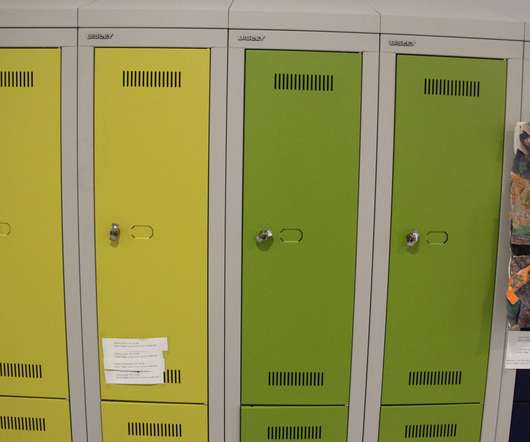How Mississippi made some of the biggest leaps in national test scores
The Hechinger Report
NOVEMBER 19, 2018
Chamber of Commerce report released that year highlighted a 71-point gap between the percentage of fourth-grade students who scored proficient or above on the state’s reading exam in 2005 and those who scored proficient or above on the 2005 NAEP reading exam. That 71 percent gap in reading? It’s down to just 4 points.















Let's personalize your content